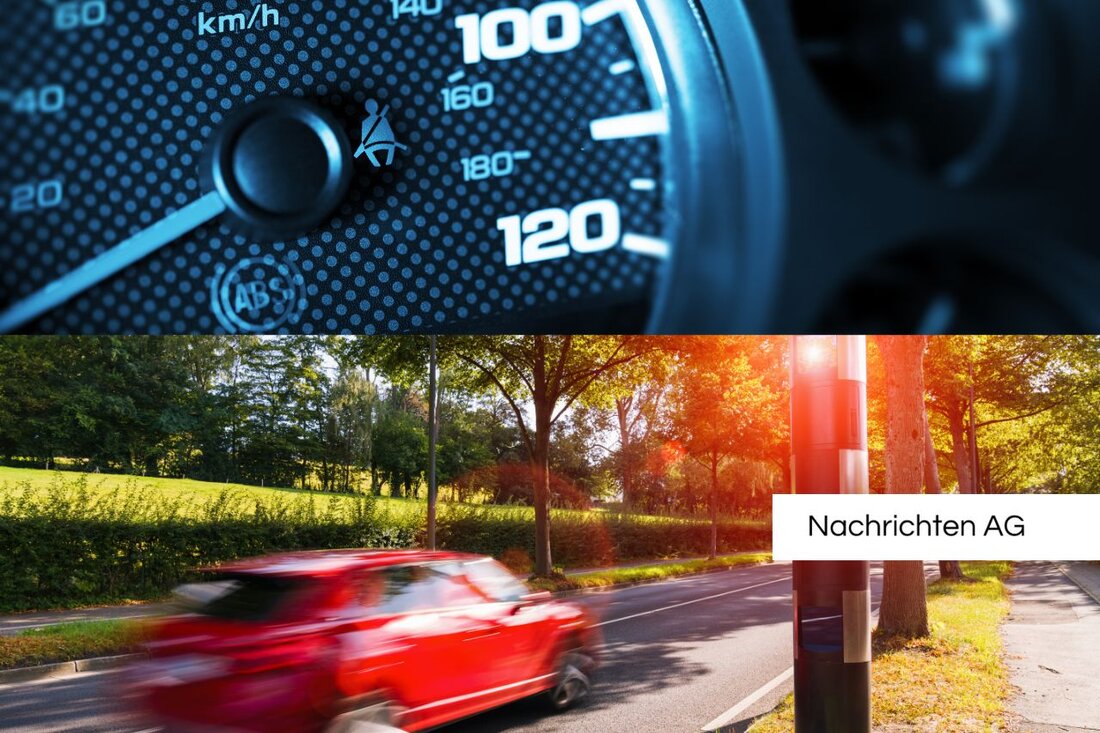A9: Speed camera alert! It’s going to be so dangerous on the highway today!
On July 16th, 2025 there will be a check on the A9 in the Saale-Holzland district. Speed cameras are available in Heideland and Königshofen.

A9: Speed camera alert! It’s going to be so dangerous on the highway today!
Today, July 16, 2025, drivers on the busy A9 motorway are in Germany's spotlight because speed cameras are being used there again. Speed monitoring is activated at two hot spots, which could have unpleasant consequences for some road users. As news.de reports, the current speed camera locations are extremely popular and correspondingly controversial.
The first speed camera is in the 120 km/h zone between Heideland and Königshofen in the Saale-Holzland district in Thuringia. Speeding violations were recorded here at 1:37 p.m. The second location is specifically in Ingolstadt, Bavaria and was reported at 12:42 p.m. Newbies or old hands on the highway are encouraged to stick to the speed limits, as exceeding them can be quite costly.
The A9 in detail
With a total distance of over 530 kilometers, the A9 is one of the most important north-south connections in Germany and connects cities such as Berlin, Leipzig, Nuremberg and Munich. Speed checks are not uncommon on this popular thoroughfare. As bussgeld-info.de notes, there are both fixed and mobile lightning systems that are in regular use. The speed limits are not always the recommended 130 km/h, but can also be set lower to make the journey safer.
The tolerances used for speed measurements are particularly important: a deduction of 3 km/h can be made for speeds of up to 100 km/h. However, if the speed limit is exceeded, it is 3 percentage points before the fine. These regulations are intended not only to encourage drivers to adhere to the maximum speed, but also to provide a fair framework that can minimize potential legal disputes.
Safe through traffic
Speed enforcement aims not only to generate fines, but also to improve road safety. This control has long been an important part of road traffic policy in Germany, as Wikipedia notes. The responsibility for monitoring lies primarily with regional authorities, while mobile speed cameras are used flexibly to enforce compliance with speed limits at critical points. After all, road safety is a goal that everyone involved should have a good handle on.
In addition, the lightning systems used require high technical standards, which are tested by the Physical-Technical Federal Institute. This ensures that technical errors and inaccuracies that could lead to dubious measurements are largely eliminated. Drivers who are unsure about the accuracy of a measurement also have the option of seeking legal advice if impending sanctions are imminent.
In summary, road safety is paramount and the A9 motorway in Germany remains a hotspot for speed enforcement. Drivers are advised to respect both speed limits and pay attention to mobile lightning locations. This keeps the road safe for everyone and you can save yourself from making one or two unexpected payments.

 Suche
Suche
 Mein Konto
Mein Konto